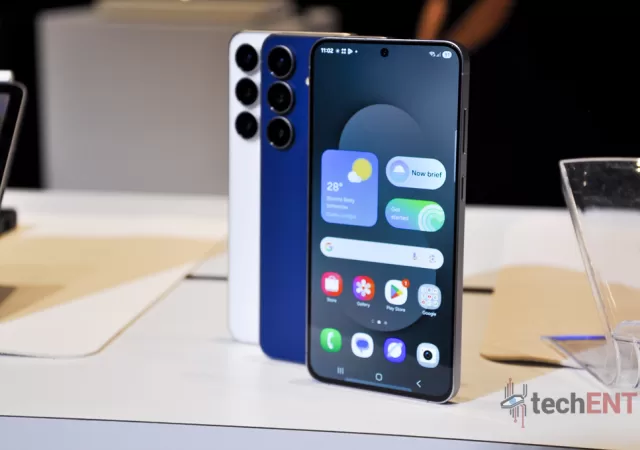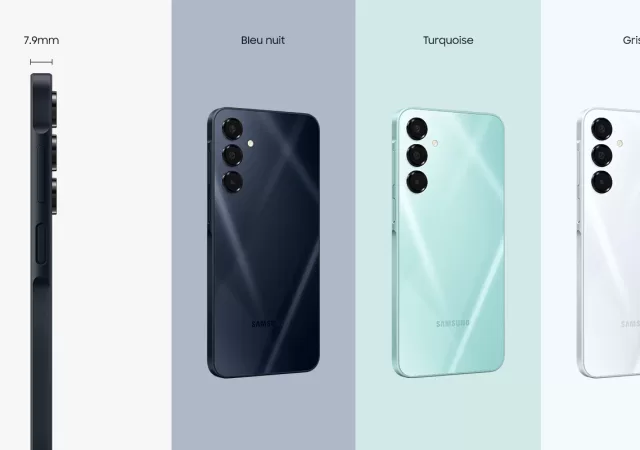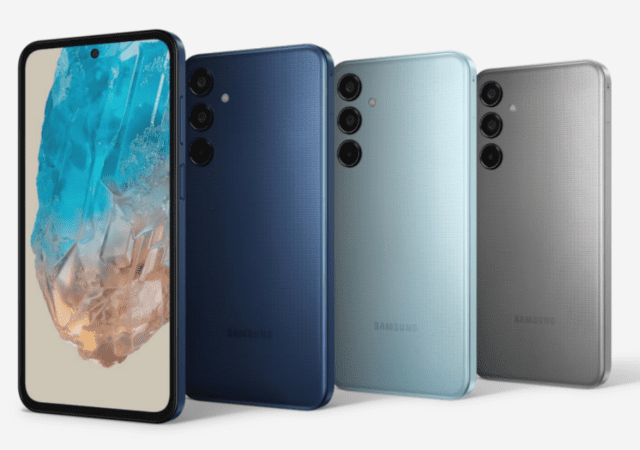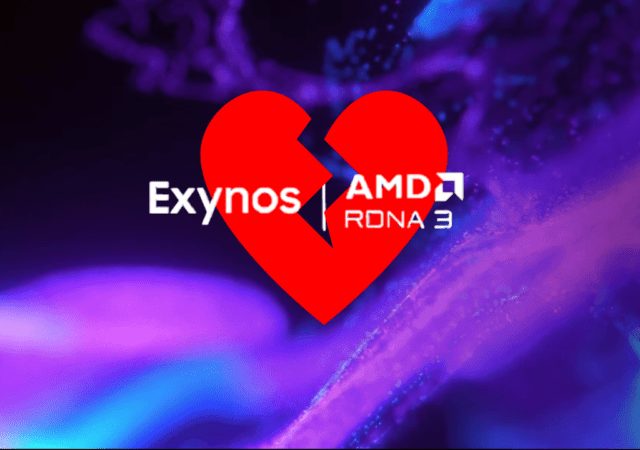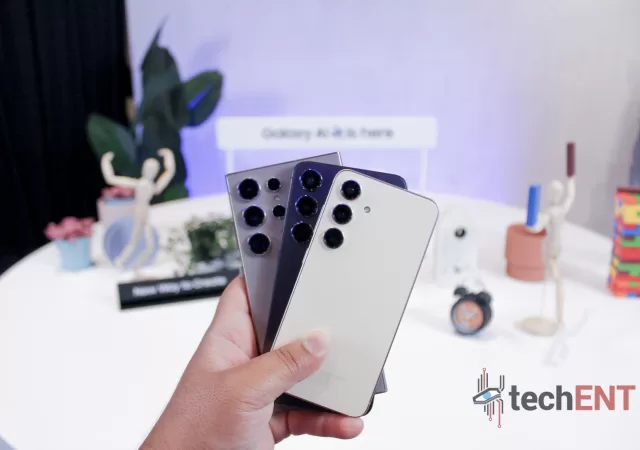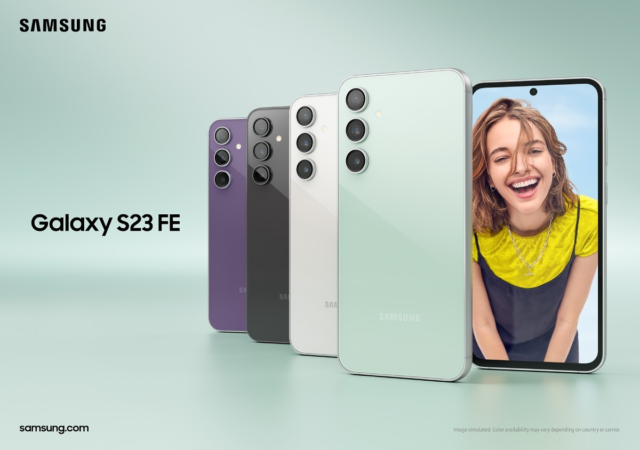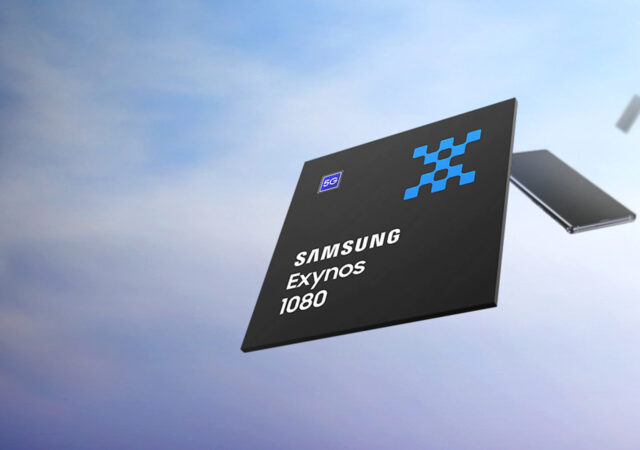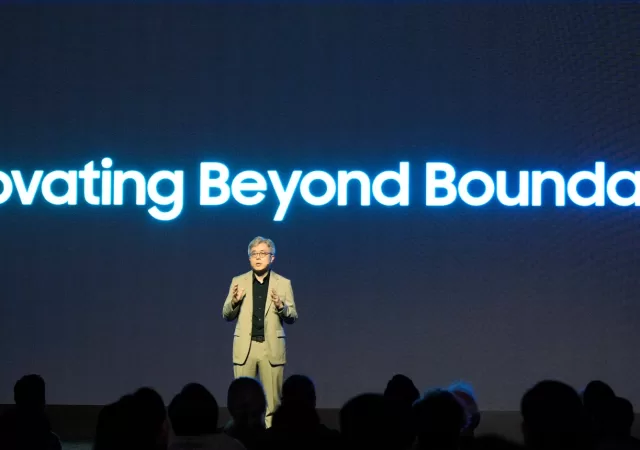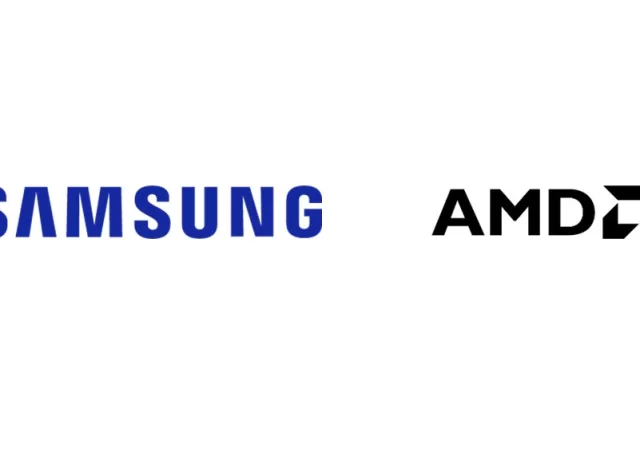Samsung’s new Galaxy S25 FE brings a lot of firsts for the Fan Edition line up including a large battery and a telephoto camera sensor.
Samsung Galaxy S25 FE: All the Leaks, Rumours, and What We Know So Far
Samsung’s next fan edition is around the corner. Here’s everything you need to know ahead of the launch of the Galaxy S25 FE.
Samsung Galaxy A16 5G: Unveiled (Sort Of) with Extensive Software Support
It seems Samsung might have accidentally jumped the gun on the official announcement of the Galaxy A16 5G. While there hasn’t been a formal unveiling yet, details about the phone have surfaced on the Samsung Netherlands website. This budget-friendly smartphone…
Samsung Unveils the Galaxy M35 5G in Brazil
Samsung announces a new entry into the Galaxy M series – the Galaxy M35 5G bringing extended battery life for those who need it in Brazil.
Is Samsung Dropping AMD for the Next Exynos SoC? It Looks Like They May…
Samsung may be ending its partnership with AMD which brought the Xclipse GPUs to Exynos processors to create their own.
Samsung Pushes Boundaries with a Renewed Galaxy S24 Series
Samsung announces its new Galaxy S24 series that brings Galaxy AI front and center and a new, innovative Quad Tele System.
The Fan Edition Returns with the Samsung Galaxy S23 FE
The Galaxy S23 FE is here – find out why this formidably advanced phone with 8GB of RAM has caught the attention of tech reviewers.
Samsung’s Upcoming Mid-Range Galaxy Phones to Get a Boost from AMD RDNA-based Graphics
Samsung’s midrange devices are about to get a huge boost in performance if rumours of AMD’s RDNA technology being incorporated into Exynos are true.
Samsung Introduces the World to 2nm, Set to Storm the World 2025 Onward
Samsung just had their Foundry Forum and introduced their detailed plans on mass production of 2nm chips in the near future.
Samsung and AMD Extends Strategic IP Licensing Agreement – Maybe That New Exynos is Worth a Look After All
Samsung and AMD extends their partnership for the integration of AMD Radeon graphics technology into other portfolios including Exynos



